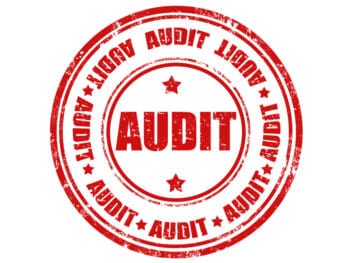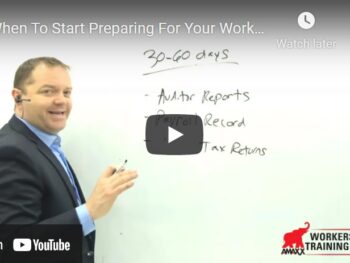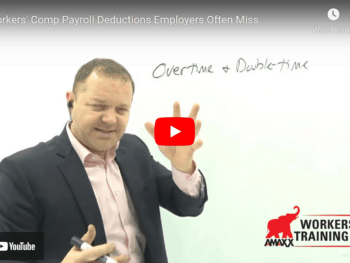Legal expert Tom Robinson, J.D. from Lexis Nexis reported to us on an interesting case where bankruptcy rules versus Missouri Rules for Filing Hearing Loss Claims were contradictory.
CAN THE WORKER RECOVER FOR HIS HEARING LOSS?
A worker was diagnosed with hearing loss on February 1, 2001, six days before his employer filed a petition for Chapter 11 bankruptcy in the Bankruptcy Court. A few months later, the plant closed, terminating the worker’s employment. About one month later, the bankruptcy court sent a notice advising creditors that they had 60 days to file proofs of claim. The worker, who had consulted a lawyer shortly after his hearing loss diagnosis, did not file a proof of claim with the bankruptcy court because a statute within the Missouri Workers’ Compensation Act (“the Act”) stated that no hearing loss claims could be filed until at least six months had passed after the worker was removed from the hazardous environment. More than a year later, the filed a formal claim under the Act, alleging injury to both ears. He alleged an injury date of May 15, 2001 (his last day of work). On the date of injury, the employer was self-insured, but after the company’s bankruptcy, its workers’ compensation obligations became the responsibility of the Missouri Private Sector Self-Insurers Guaranty Corporation (“the Guaranty Corporation”).
WHO WON?
In Jones v. GST Steel Co., 2009 Mo. App. LEXIS 6 (January 6, 2009), noting that pursuant to Mo. Rev. Stat. § 287.197.7, the worker’s claim could not be filed until after six months’ separation from the noisy work–until after November 15, 2001–three and one-half months after the close of the bankruptcy claim period, the state court of appeals recognized the unavoidable collision of rules, but noted the general public policy consideration that injured workers should be allowed to recovery for work-related injuries and conditions. The court observed that the purpose of the Guaranty Corporation was to provide some level of benefits for employees whose employers became insolvent and accordingly held that the worker was not barred by his failure to file a bankruptcy claim for his injuries within the time prescribed in the Bankruptcy Court’s notice.
For further information, see Larson’s Workers’ Compensation Law, Ch. 102, § 102.04. or go to LexisNexis Workers’ Compensation Law Center. This entry was written for Workers’ Comp Kit Blog, and we appreciate the helpful insight this brings to our readers.
Tom Robinson, J.D. is the primary upkeep writer for Larson’s Workers’ Compensation Law (LexisNexis) and Larson’s Workers’ Compensation, Desk Edition (LexisNexis). He is a contributing writer for California Compensation Cases (LexisNexis) and Benefits Review Board – Longshore Reporter (LexisNexis), and is a contributing author to New York Workers’ Compensation Handbook(LexisNexis). Attorney Robinson is an authority in the area of workers’ compensation and we are happy to have him as a Guest Contributor. Tom can be reached at: compwriter@gmail.com.
Do not use this information without independent verification. All state laws are different. Consult with your corporate legal counsel before implementing any cost containment programs.
©2008 Amaxx Risk Solutions, Inc. All rights reserved under International Copyright Law. If you would like permission to reprint this material, contact us.













